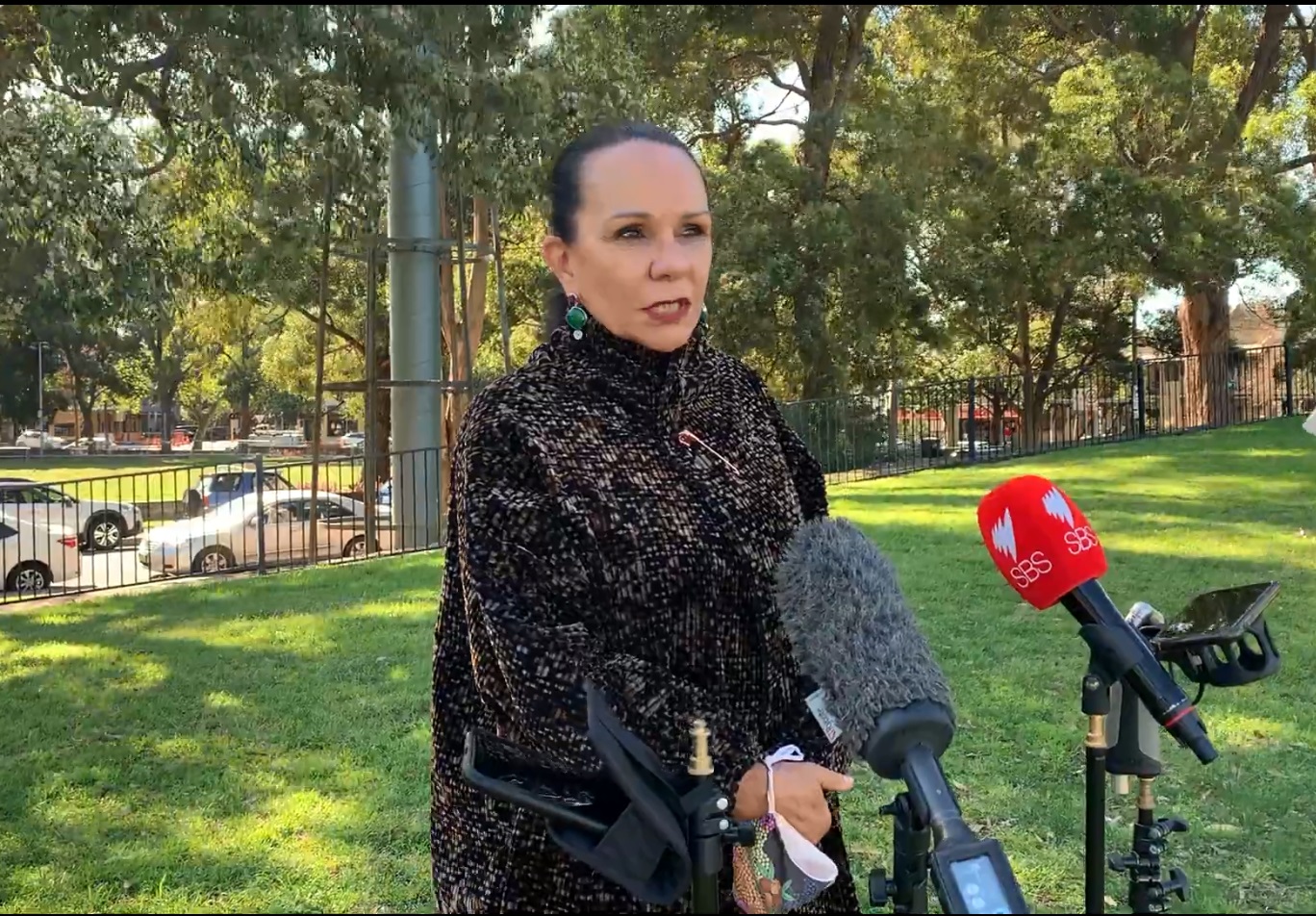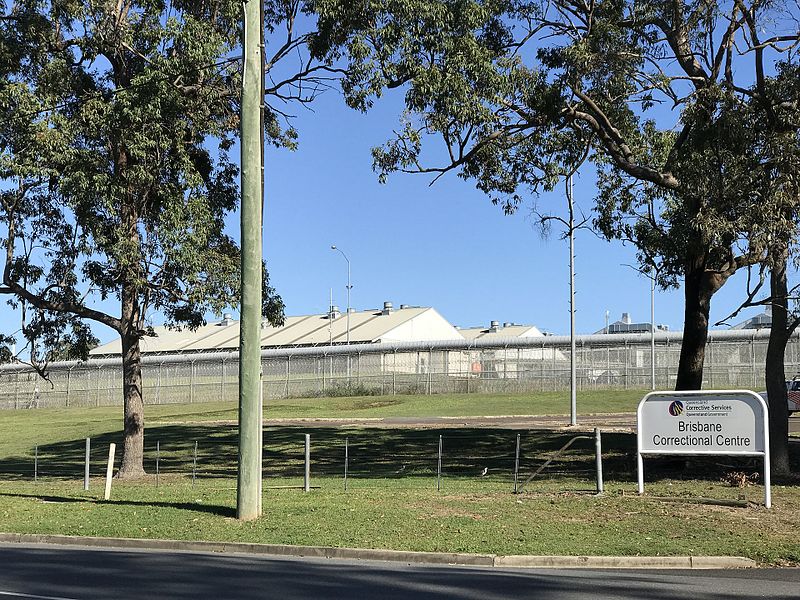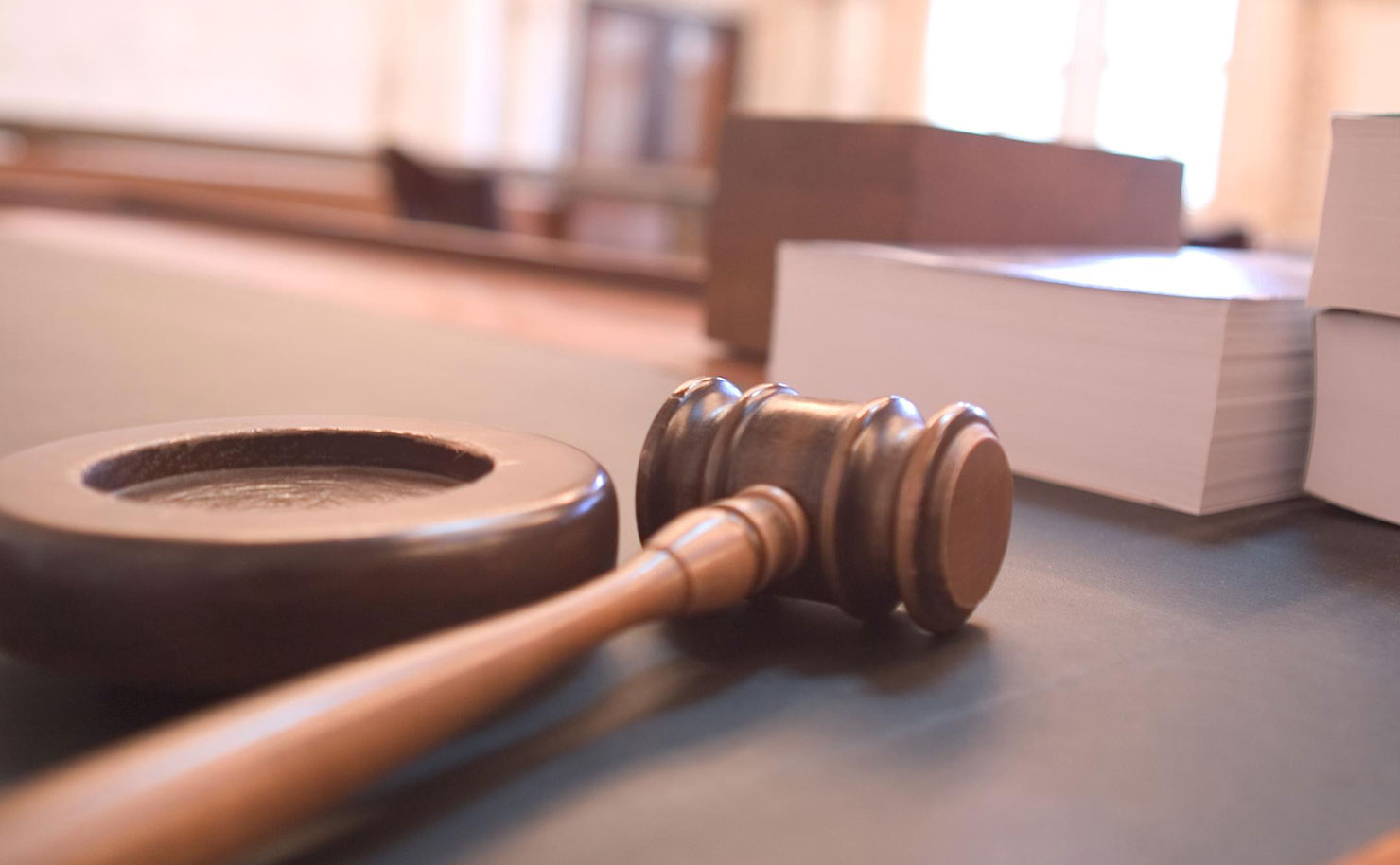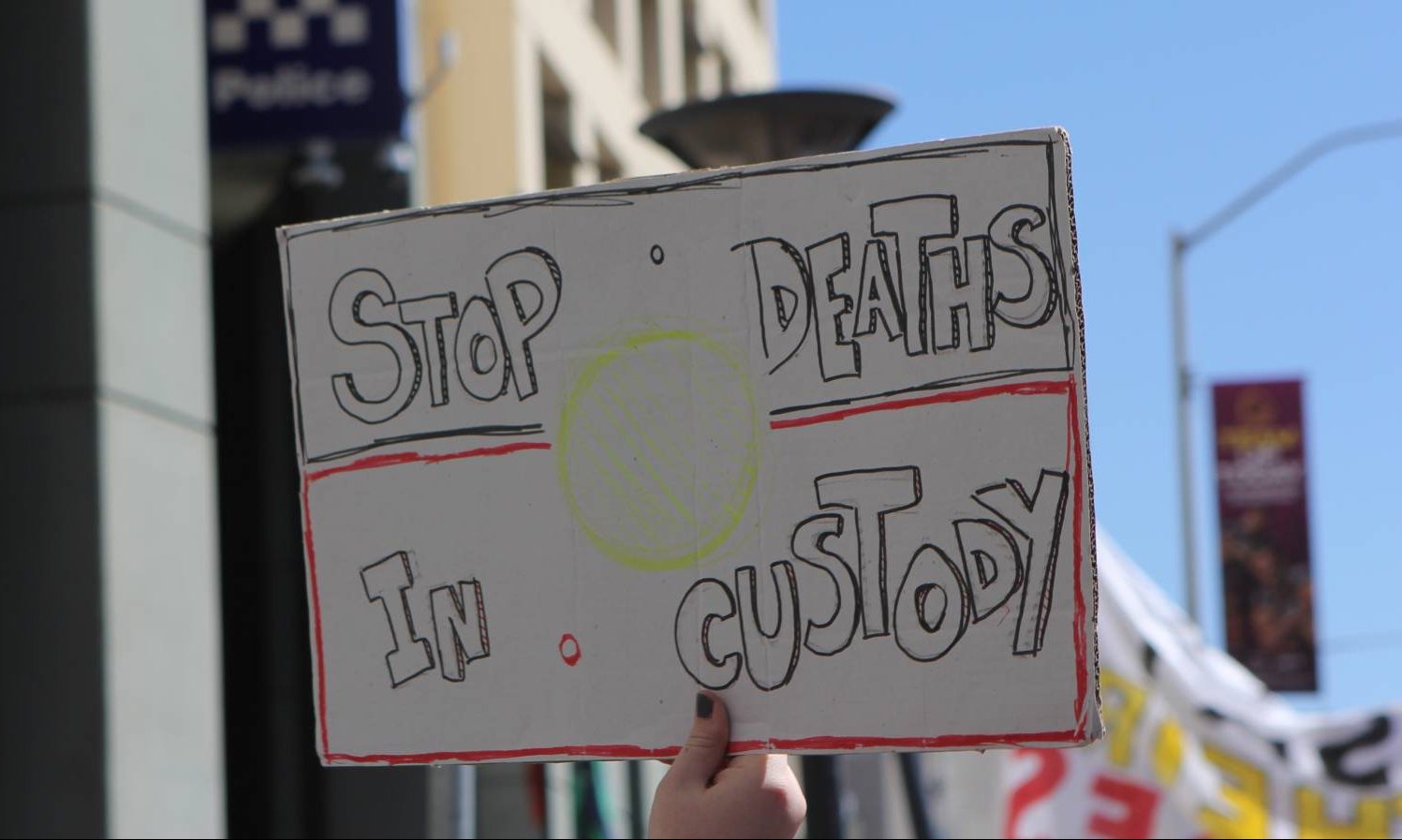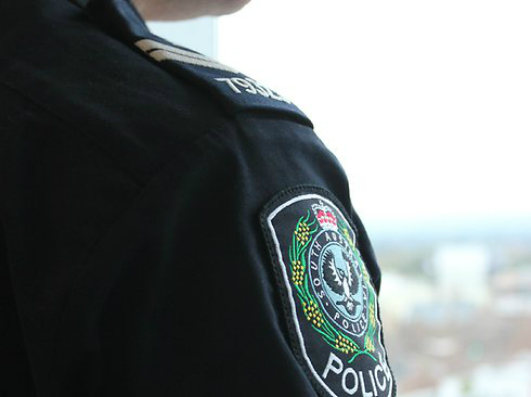Minister for Indigenous Australians Linda Burney believes that more than 30 years after the royal commission into Aboriginal deaths in custody, rates of incarceration of Indigenous people are a national shame.
But she also believes empowering First Nations communities to take control of their own solutions has the potential to reduce the massive over-representation of Indigenous people in jail.
It’s called justice reinvestment and on Wednesday at the joint council on closing the gap meeting in Darwin, Ms Burney announced federal government support for community-led place-based approaches.
“Justice reinvestment in places like Bourke NSW has proven to be effective in reducing crime and keeping adults and young people out of custody,” she said.
“We want to make sure young First Nations people have a better future and can reach their full potential.”
As part of its $81.5 million First Nations justice package, the Albanese government will assist 15 communities that have expressed interest in designing and developing early stage justice reinvestment strategies, ahead of a national grant round later this year.
Justice reinvestment involves community-led and holistic approaches to keeping at-risk individuals out of the criminal justice system.
It also includes investment in early intervention and prevention programs and initiatives for at-risk adults and young people.
The government has partnered with three First Nations-led bodies, Ninti One, the Jumbunna Institute for Indigenous Education and Research and the Justice Reinvestment Network Australia to help guide the first phase of this new national initiative.
Anaiwan woman Alanna Reneman, Justice Reinvestment Network Australia national convenor, told AAP that while the term ‘justice reinvestment’ is quite new, the holistic, community-centred approach is a return to the traditional way of working for First Nations people.
“What you’re investing in is the way of working, that co-ordination and collaboration towards shared change, as opposed to emphasis on activities and programs,” she said.
“And when we talk about shared ways of working that you’re investing in at that local community level, it is about a process of healing the community to return to the way that they traditionally self sustained and governed their own communities prior to colonisation.
“It’s a process often of healing through reclamation of traditional ways of working, culture and practices and it’s looking at how to heal and reconcile the relationship between government and communities.”
Indigenous people are more than 11 times likely than other Australian adults to be in prison, according to the Australian Bureau of Statistics.
And Indigenous children aged 10-17 were 26 times as likely as non‑Indigenous children to be in detention on an average night in the June quarter 2022.
Assistant Minister for Indigenous Australians Malarndirri McCarthy said First Nations organisations understand the needs of their communities.
“I’m pleased to see they are at the forefront of rolling out this readiness support,” she said.
“This will ensure justice reinvestment is led by First Nations knowledge and lived experience to help turn the tide on unacceptable rates of reoffending and incarceration.”
For deputy lead convenor of the Coalition of Aboriginal and Torres Strait Islander Peak Organisations Catherine Liddle said the announcement represents a chance to reset the relationship between First Nations communities and government.
“To be successful, justice reinvestment needs to be driven by our communities from the grassroots up,” she said.
“Our people are overrepresented in the criminal justice system, and we need to put an end to it.”
The communities are Townsville, Minjerribah (North Stradbroke Island), Mornington Island, Cherbourg and Doomadgee in Queensland; Katherine, Darwin, Groote Eylandt (Angurugu, Umbakumba and Milyakburra) and Lajamanu in the NT; Circular Head in Tasmania; Fadden in the ACT; Newman in WA; Port Augusta Ngarrindjeri (Lower River Murray, Lakes and Coorong) and a broader regional approach in South Australia.
AAP

